This article discusses seven important things to consider when preparing for a cycling challenge.
1. Pre Training
For big cycling challenge events, it’s important to ensure that you properly prepare your body. They type of event will determine the type of training. Things to consider are as follows:
- Terrain – is it hilly or flat course
- Timing – what time is the event run during the day
- Environment – will it be cold or hot
- Distance – how long is the event
- Your previous training history – how much training have you done in the past
- Your current fitness – what is the gap between your current fitness and the fitness required for the event
- The time you have to train prior to the event – How much time can you commit to training each week and how many weeks do you have before the event to train
- How well you want to compete in the event – do you want to be in with the lead riders or have enough fitness to just enjoy the ride?
This information is useful in building a structured training program to address and is what I take into consideration when training cyclists for recreational cycling challenges. The idea is to ensure that you have the proper training to meet the demands of the day.
2. Peaking for the event
There is not a lot that you can do with your fitness in the last week before your cycling challenge so take it easy with your training to ensure that you are fully rested and recovered leading up to the day.
You still want to be riding throughout the week though to keep your legs spinning over. You can do a few intense efforts in the last week but keep them nice and short.
Make sure that you get good quality sleep in the nights leading up to the challenge too!
3. Food
There is no one size fits all for nutrition as everyone is different. General guidelines are to consume 1 gram of carbohydrate per kg of body weight for every hour. So, 70kgs body weight = 70 grams of carbohydrate. I’m not concerned as to how you get this… Bananas, sports bars, sports drinks, fruit cake, ANZAC biscuits, or gels. You’ll have your own preference and what works for you.
In the last week leading up to your cycling event, you’ll need to have this nailed as part of the pre-training that you have done already done. Also, make up a nutrition plan for the day so that you know what you’ll be eating and at what time. If there are food drops along the course make use of them.
The night before the event have a carbohydrate meal with no protein. In the morning of the cycling challenge have another carbohydrate meal before you ride. If you have problems eating first thing then an “up and go” can be a good substitute.
4. Hydration
Hydration is also really important so ensure that you are drinking regularly based on the conditions. Hot weather drink more, cooler weather drink less. You can drink up to 1.2 liters of water an hour. Any more and your body can’t digest it. But, you’ll only want to drink this much on the really hot part of a really hot day. Otherwise, 750 l per 1-1.5 hours is fine.
If you get thirsty then you aren’t drinking enough, but don’t drink too much that you need to go to the toilet every 30 mins!
5. Clothing
This is super important! You’ll want to base your clothing selection to the conditions of the day.
Exposed alpine areas needed to be treated with great respect. If it’s going to be a cold and wet then you could be faced with descents close to zero degrees. If this is the case you’ll be riding through wind-chill temperatures in the negatives! If you are not protected on these long descents you’ll be out in this cold for over forty-five minutes to an hour. Plenty of time to develop first-degree hypothermia. Booties, long finger gloves, fleece leg warmers and arm warmers, a jacket or wind vest and a thermal (preferably merino wool) undergarment are absolutely necessary for wet or cold conditions. Don’t kid yourself that you can tough it out. In these conditions, the mountain will always win. Use the food drop stations your event as a chance to discard clothing and replace wet clothing with dry.
Hot days have their own issues too. You’ll want minimal clothing that wicks away sweat quickly. You also might want to consider using other methods to help cool the body like ice or garments soaked in water to aid cooling.
6. Pacing
You’ll want to have a pacing plan in place. Don’t go out too fast from the start. Keep your cadence up in the early part of the ride to save your legs. You want to finish fast not dead. Ride at your own pace. Try not to get caught up in the event fever and start too fast.
Get off the bike every two hours and have a quick break for no longer than five minutes. The regular breaks are important to ensure that you rest your body neurologically. The short breaks are to ensure that you don’t cool down!!! Take this time to adjust your clothing, have some food and go to the toilet.
7. Pre-Preparation
Make sure that you have all your stuff together before the ride. Create a checklist in the week leading up to the event all the things that you’ll need to take with you. Go through it before you leave to travel to the event. Make sure that you have all your food and clothing sorted a few days before.
Make sure that your bike is recently serviced and that you have tyres that are in excellentcondition. If you have cuts or nicks in them you’ll need to replace them. Make sure that you have a way of repairing a flat if you do get one or two on the day. You don’t want to spend time repairing flats.
Remember that you have put a lot of time into your training. A forgotten item, mechanical mishap or a poorly executed pacing plan may mean the difference between a great ride and a total disaster.
Check the latest news for the event on the website that is running it so that you know how to use the feed stops and where they are, if there are going to be any road closures and any important rules for the event. Might be a good time to consider and work out an exit plan if things go wrong too. If they have sent you any information make sure you have read it thoroughly.
All the best and good luck with your next cycling challenge!

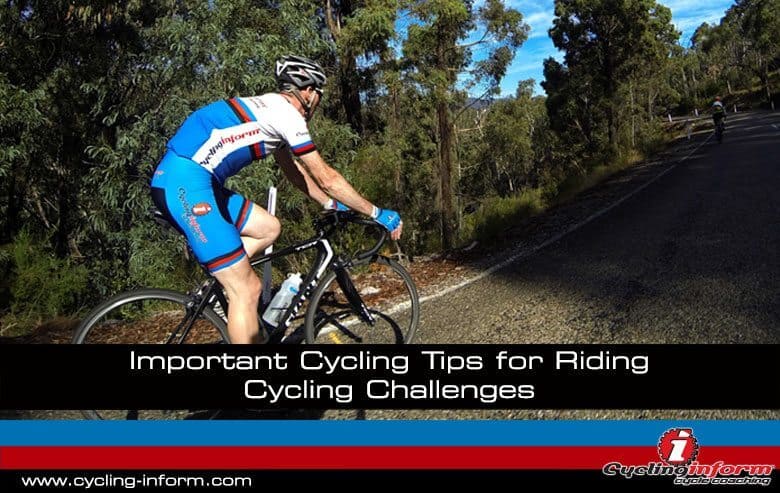
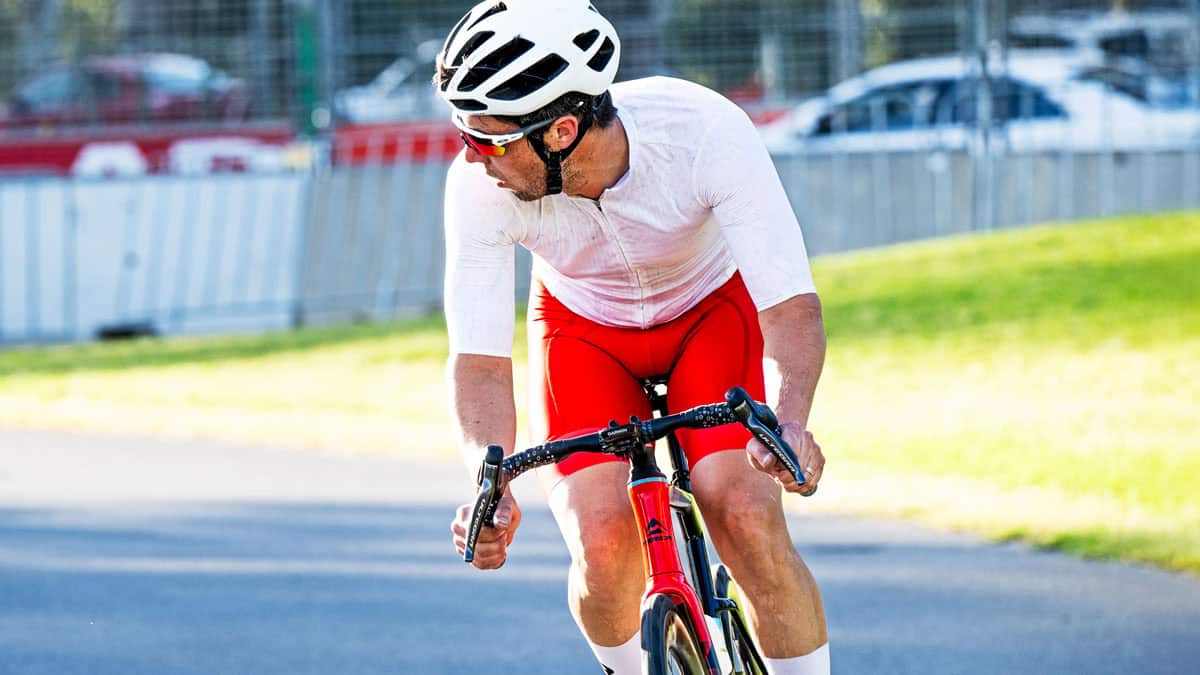
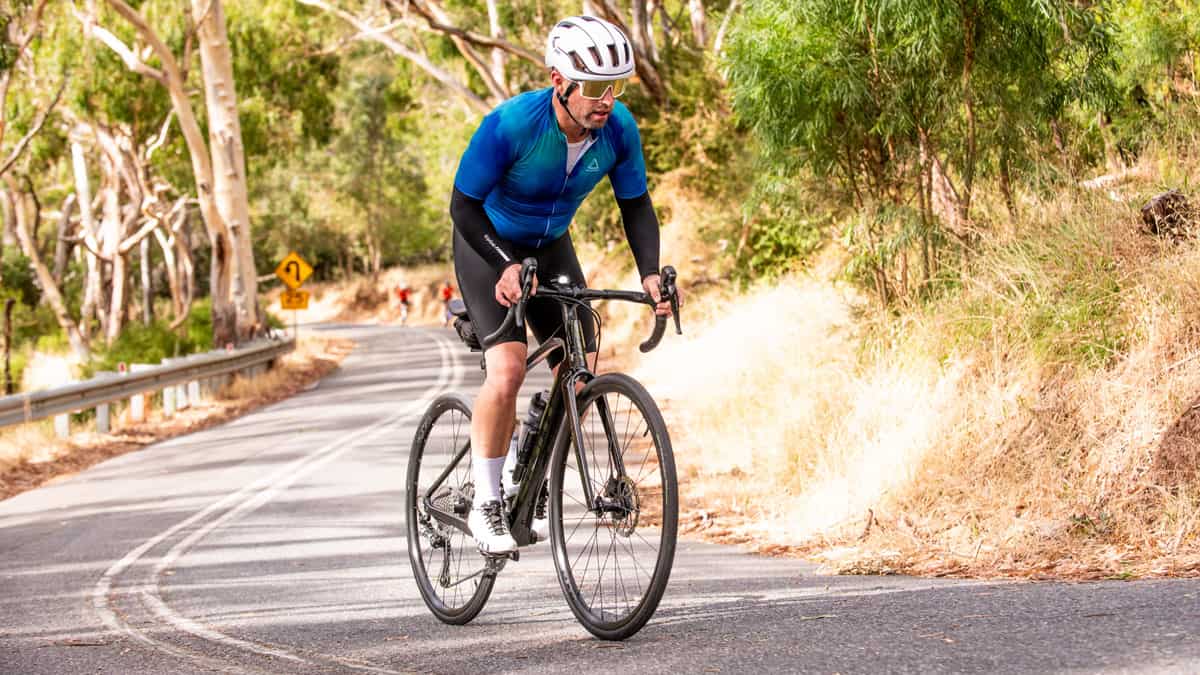
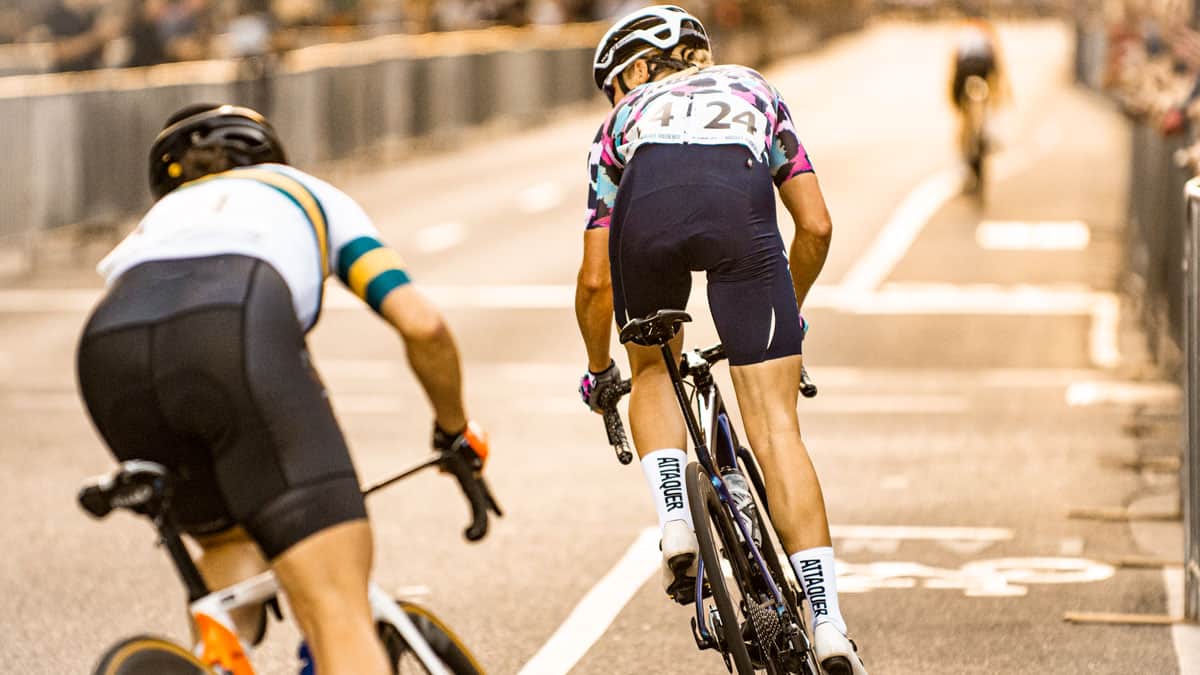
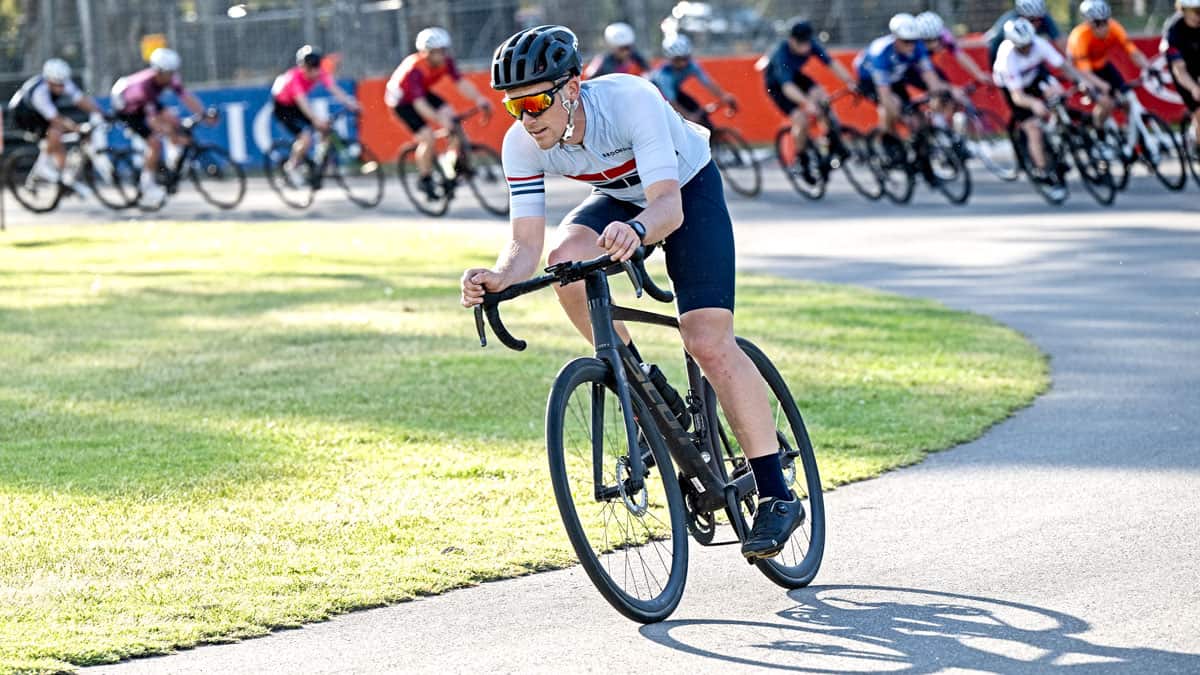
Leave A Comment